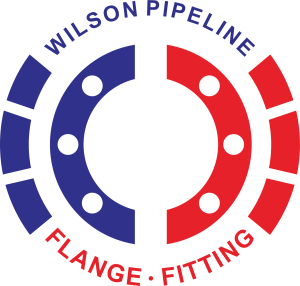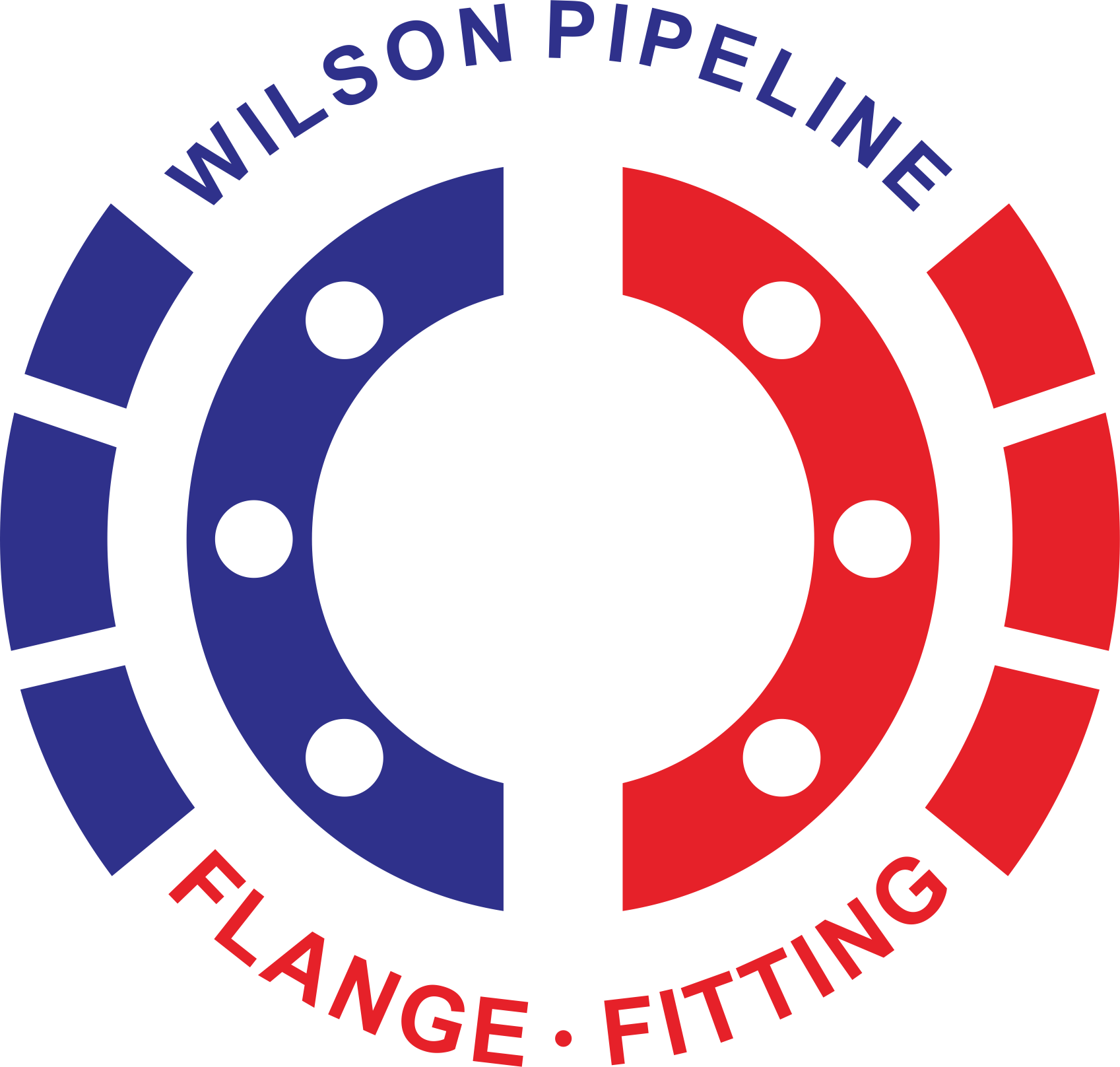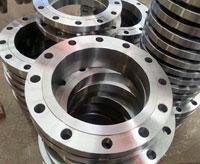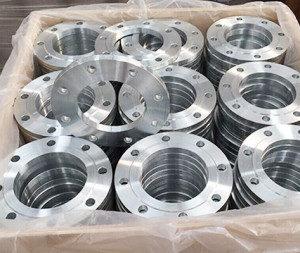
What are the required standards and specifications for flanges made from S355J2 steel?
The required standards and specifications for flanges made from S355J2 steel will depend on the specific application and the relevant industry standards. Here are some of the commonly used standards and specifications for flanges made from S355J2 steel:
1. EN 1092-1: This European standard specifies the requirements for circular steel flanges with nominal sizes ranging from DN 15 to DN 2000. It covers the dimensions, materials, pressure/temperature ratings, and marking of the flanges.
2. ASME B16.5: This American standard covers the dimensions, materials, pressure/temperature ratings, and marking of steel pipe flanges and flanged fittings with nominal sizes ranging from NPS 1/2 to NPS 24.
3. ASTM A105: This specification covers carbon steel forgings for piping applications. It includes the chemical composition, mechanical properties, heat treatment, and testing requirements for the forgings.
4. ASME Section VIII Division 1: This section of the American Society of Mechanical Engineers (ASME) Boiler and Pressure Vessel Code provides rules for the design, fabrication, inspection, testing, and certification of pressure vessels and their components, including flanges.
5. NACE MR0175/ISO 15156: This standard provides guidelines for the selection of materials for equipment used in sour service environments, such as those containing hydrogen sulfide (H2S). It includes requirements for the chemical composition, hardness, and testing of materials used in sour service.
Manufacturers of flanges made from S355J2 steel should consult the appropriate standards and specifications for their intended application to ensure that the flanges meet the required standards and specifications.
Manufacturers of flanges made from S355J2 steel should follow quality control measures to ensure that the mechanical properties of the flanges meet the required standards. Here are some of the quality control measures that can be followed:
1. Material testing: The raw material used for manufacturing the flanges should be tested to ensure that it meets the required standards and specifications. The testing may include chemical analysis, mechanical testing, and non-destructive testing.
2. Heat treatment: If required, the steel should be heat treated to achieve the desired mechanical properties. The heat treatment process should be controlled and monitored to ensure that the steel is not over- or under-treated.
3. Dimensional checks: The flanges should be checked for their dimensions and tolerances to ensure that they meet the required standards and specifications.
4. Non-destructive testing: The flanges should be checked for any defects or discontinuities using non-destructive testing methods such as ultrasonic testing, magnetic particle testing, or dye penetrant testing.
5. Mechanical testing: The flanges should be tested for their mechanical properties, including yield strength, tensile strength, elongation, and impact strength. The testing should be done according to the relevant standards and specifications.
6. Traceability: The manufacturer should maintain a traceability system to identify the raw material used for each flange and the manufacturing processes involved.
By following these quality control measures, manufacturers can ensure that the flanges made from S355J2 steel meet the required standards and specifications for their intended application.


